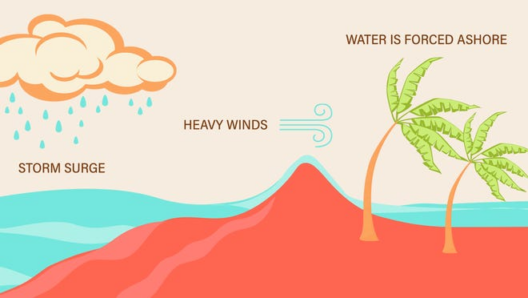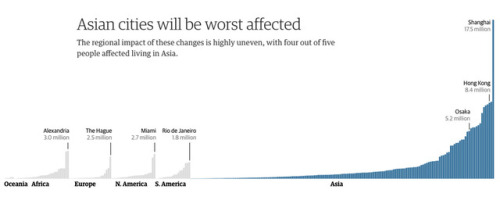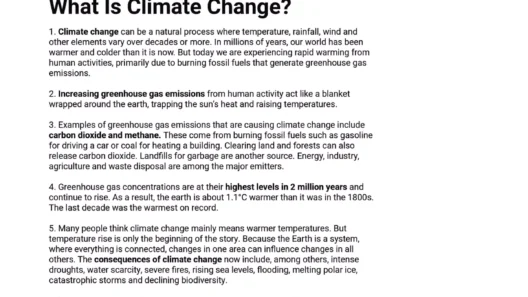Mexico is a land of breathtaking contrasts, captivating landscapes, and a wealth of biodiversity. It is a country where the ethereal beauty of its environment intersects seamlessly with its complex atmospheric phenomena. In examining the climate of Mexico, one must delve deeper into its multidimensional characteristics, which can only be described as a vibrant tapestry woven from various climatic threads.
To understand the climate of Mexico, one must first appreciate its geographical diversity. Spanning nearly two million square kilometers, Mexico is bordered by the Pacific Ocean to the west, the Gulf of Mexico to the east, and the United States to the north. This geographic bounty influences the atmospheric conditions experienced across its vast territories. From the arid deserts of the north to the tropical rainforests of its southern regions, the climate is as varied as it is captivating.
The intricate relationship between altitude and climate creates an ecosystem of microclimates. The elevation changes from sea level in coastal areas to towering mountains shaped by tectonic activity, producing distinct climatic zones. Regions such as the Sierra Madre Oriental and Sierra Madre Occidental showcase this disparity, with temperatures and precipitation levels vastly differing even within short distances.
Let us embark on a journey through Mexico’s climates, exploring how this diversity shapes ecosystems, impacts agriculture, and influences the culture of its people.
**Exploring the Arid and Semi-Arid North**
The northern regions of Mexico present a stark contrast to its lush southern territories. Characterized by arid and semi-arid climates, these areas witness dramatic temperature fluctuations between scorching days and nippy nights. The desert landscapes, encompassing vast expanses and rugged mountains, are home to unique flora and fauna meticulously adapted to survive in such harsh conditions. Cacti, yuccas, and agave are reminiscent of an almost extraterrestrial environment, while the resilient wildlife consists of roadrunners, rattlesnakes, and desert foxes.
The harsh climate also affects human habitation and economic activities. Ranching and agriculture are major economic drivers, with crops like cotton, wheat, and sorghum flourishing in regions equipped with irrigation systems. The adaptation strategies employed by residents exemplify human ingenuity in the face of climatic challenges.
However, these landscapes, while stunning, are increasingly vulnerable. Climate change exacerbates their fragility, leading to prolonged droughts and flash floods. Farmers confront an uncertain future, and traditional practices are challenged as they navigate the shifting climate landscape.
**Venturing into the Tropical Heartland**
As we journey southward, the temperature begins to rise, ushering in the humid tropical climate of the heartland. States such as Veracruz and Tabasco feature lush rainforests and fertile plains. The climatic conditions here provide an ideal stage for an exuberant variety of flora and fauna to thrive. Towering ceiba trees, vibrant orchids, and a plethora of wildlife, including howler monkeys and jaguars, paint a vivid picture of biodiversity characterized by richness and exuberance.
This region experiences distinct wet and dry seasons, with heavy rainfall bringing life to the lush vegetation. The vegetation not only supports diverse wildlife but serves as a crucial element in carbon sequestration, underscoring the importance of preserving these ecosystems amid increasing deforestation pressures.
The tropical climate nurtures agriculture as well. Coffee plantations, sugarcane fields, and banana farms flourish amid the harmonious symphony of rainfall and sun. These crops contribute significantly to Mexico’s economy, yet their cultivation entails a delicate balance between environmental sustainability and economic opportunities. As global markets fluctuate, these farmers must adapt to ongoing climatic changes, demonstrating resilience born from the very heart of the land.
**The Marine Influence of the Coastlines**
The coastal areas of Mexico are adorned with a tropical maritime climate, offering breath-taking views of turquoise waters and sun-kissed sandy beaches. The Yucatán Peninsula exemplifies this connection, with the Caribbean Sea’s warm waters influencing humidity and precipitation levels. Here, the climate has forged unique coastal ecosystems, including coral reefs that provide habitat for a myriad of marine species.
However, these marine ecosystems face ominous threats from climate change, particularly coral bleaching, ocean acidification, and rising sea levels. Communities dependent on fishing and tourism confront existential challenges as the delicate balance of the marine environment shifts under the weight of human impact.
The aesthetic allure of the coastlines is indelibly tied to their climatic influences. Ocean breezes create a distinctly refreshing ambiance, fostering an environment where vibrant cultures thrive alongside stunning natural beauty. The confluence of land and sea finds expression in the cuisine, festivals, and traditions of coastal communities, weaving the narrative of Mexico’s climatic heritage through every fiber of its existence.
**Conclusion: A Climate in Peril**
The climate of Mexico encapsulates a rich diversity that ranges from arid deserts to humid rainforests, and tropical beaches to mountainous terrains. This multifaceted climatic tableau fosters unique ecosystems that support vast biodiversity and underscore the intricate relationship between the environment and its inhabitants. However, as climate change looms, the resilience of these climates and their ecosystems hangs in the balance.
Each transition in climate is a reminder of the beauty, fragility, and interconnectedness of our natural world. Protecting and preserving this diversity is not merely an idealistic goal but an urgent necessity. Mexico’s climate is not just a backdrop for life; it is the very essence of the land and its people. Protecting this delicate balance requires a concerted and unified effort from all who treasure the diverse climates that speak volumes about the future of our planet.






